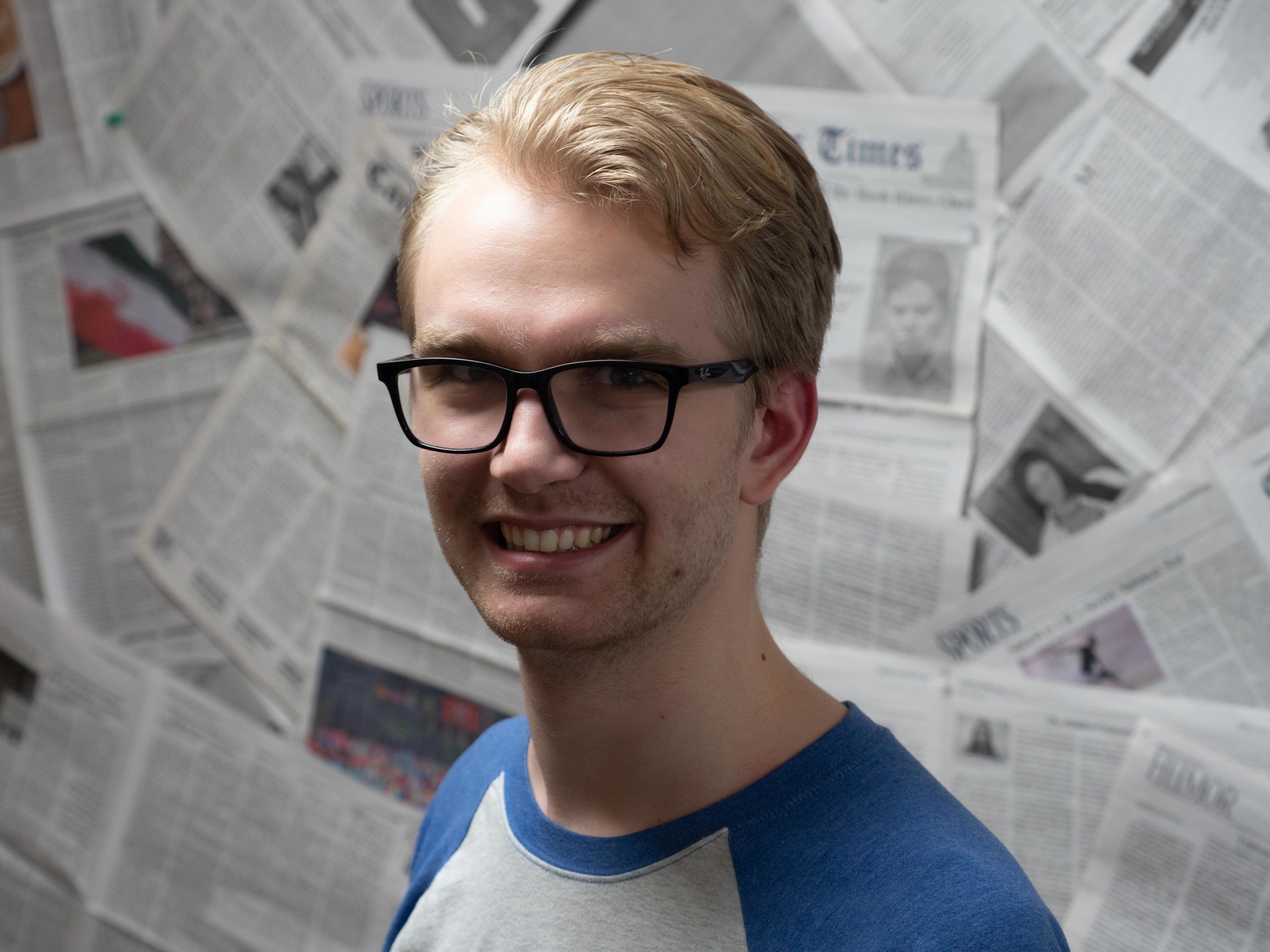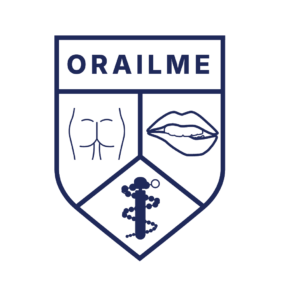Professor Daphon D. Ho premiered on May 3 his documentary film “Living History: Remembering the ‘Forgotten’ Korean War,” which follows Ho’s spring 2016 course on the Korean War.
While Ho directed, the film was edited from a semester’s worth of footage to its current one-hour-and-15-minute form by senior Ben Chomsang.
In History 247, “The Korean War,” Ho divided the class of approximately 40 students into two sides — the Republic of Korea (South Korea) and the Democratic People’s Republic of Korea (North Korea) — to wage a propaganda war against each other in the context of the Korean War, which began in 1950.
Ho began each class with a lecture and discussion-based portion, and then switched into roleplay halfway through. The resulting theatrics-filled PR battle in each class was filmed by a camera crew comprised of UR students Naomi Everhardt and Ulrik Soderstrom (both seniors at the time) and Tara Merenda Nelson, a curator at the arts education non-profit Visual Studies Workshop who has taught digital video art and sound production at UR.
Ho said that one of his goals with the film was to “show what kind of creative work we do in the History department at U of R, what’s possible when you take digital technology and apply it to the humanities and social sciences.”
But when the the class was over, the students who had filmed the course graduated, so Ho needed an editor. That was where Chomsang came in. He had been working for Professor Elya Zhang of the History Department, making short videos. Zhang connected Ho and Chomsang.
“When we started out,” “Ben was like, ‘This is really great HD footage, but we need some storyboards, because how are we just gonna take all this stuff and turn it into a real film,’” Ho said.
“It was three terabytes when I got it,” Chomsang added.
In its current form, the film is divided up into chapters (the film is still a work in progress —response handouts were distributed at the premiere for Chomsang to use in the final stages of editing).
One chapter dedicated to a Korean War memorial service, attended by the students of the class as well as Rochesterian veterans of the war, takes a more solemn atmosphere then the rest of the film. In one emotional moment, a veteran reveals that he has told more to the students of the course about his experience at war than he has to his own family.
Other chapters are more lighthearted. A considerable portion of the film is spent showing the various propaganda films made by both sides. A propaganda video from the North Korean side depicts its leader,then-senior Matthew Sisto standing in for Kim Il-Sung (Kim Il-Sisto), as a popular model. In the same video, a mock assassination tape shows the assassin finishing a plate of noodles after shooting the North Korean leader.
“In fact, a lot of good research went behind the seeming jokes they were making,” said Ho. “And the fact that they wanted to outdo the other side, and be funnier than the other side, actually made them do more research.”
Other tactics shown in the film include the South Korea team making fake defection videos about its rival using — and regularly stealing, though that is not shown in the film — an orange 3D-printed chair from Rettner Hall as Kim Il-Sisto’s throne.
“I think the biggest antic was the coffin,” Sisto said. “We wanted a fatal blow, no pun intended, so I asked my father over the weekend if he would help me go to Home Depot and build a coffin.”
On the morning of the grand staged funeral, Ho, who did not know of it, received an email from a colleague, complaining that there was a coffin blocking the fire doors in Rettner Hall.
Antics aside, Sisto said that the class did teach him valuable life skills in debate, like remembering to “listen and think really critically about what’s being said in front of you when a response is required immediately after.”
As for Chomsang, who works in Rettner, he finds that the experience of editing a feature film has affected him in surprising ways. He spoke of meeting a student featured in the film.
“I didn’t realize I didn’t know her. I spent almost half a year looking at people’s faces, and I felt like I knew all of them. I said, ‘Hi. Hey.’ She was like, ‘Who are you?’
Ho is tentatively scheduled to teach the same course in the spring semester of 2019.


